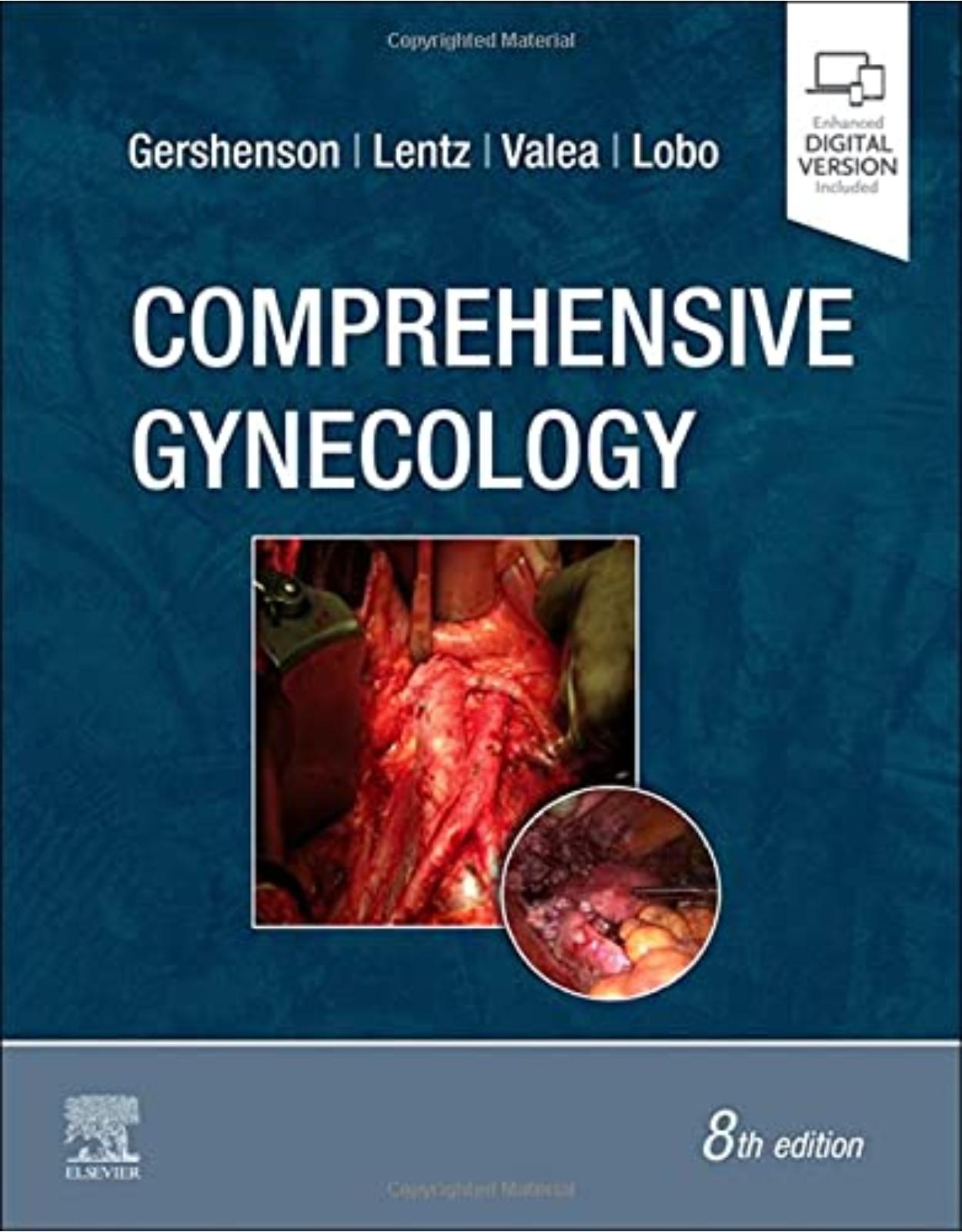
Comprehensive Gynecology
Livrare gratis la comenzi peste 500 RON. Pentru celelalte comenzi livrarea este 20 RON.
Disponibilitate: La comanda in aproximativ 4 saptamani
Editura: Elsevier
Limba: Engleza
Nr. pagini: 912
Coperta: Hardcover
Dimensiuni: 21.59 x 27.64 cm
An aparitie: 16 Aug. 2021
Description:
With its trademark clear, concise writing style and evidence-based focus, Comprehensive Gynecology, 8th Edition, remains your #1 choice for practical, in-depth coverage of any women’s health issue you’re likely to encounter. It covers all key issues in gynecology, now fully updated to include new information on topics such as laparoscopy and innovations in robotic surgery, reversible contraception, and advancements in treating endometriosis. For residents, specialists, primary care doctors, and other healthcare providers, Comprehensive Gynecology is an easy-to-access source of trusted information for everyday practice.
Includes helpful features such as key references and terms, key points at the end of each chapter, summary boxes for quick reference, and new bolded text to highlight the most important concepts.
Features newly improved artwork; a more cohesive, easy-to-navigate design throughout; and more clinical algorithms.
Contains hundreds of illustrations and tables, anatomical figures, radiographs, and photographs, as well as 20 videos that address topics such as Pap smear techniques, hysteroscopic metroplasty, and endometriosis of the bladder.
Brings you up to date with the latest applications in diagnostic and interventional ultrasound, issues in infertility, the latest research in menopause, and other essential aspects of today's practice.
Table of Contents:
Part I. Basic Science
1. Fertilization and embryogenesis
Meiosis, fertilization, implantation, embryonic development, and sexual differentiation
The oocyte and meiosis
Fertilization and early cleavage
Implantation
Development of the genitourinary system
Molecular basis of sex differentiation
Acknowledgments
References
2. Reproductive genetics
Genetic basis of disease
Building blocks of genetics
Genetic pathology
Perinatal genetics
Genetics of reproductive malignancies
Cancer genome sequencing
Ethical considerations of genetic diagnosis
Key references
References
Suggested readings
3. Reproductive anatomy
External genitalia
Clinical correlations
Internal genitalia
Clinical correlations
Clinical correlations
Clinical correlations
Clinical correlations
Clinical correlations
Vascular system of the pelvis
Clinical correlations
Lymphatic system
Clinical correlations
Innervation of the pelvis
Clinical correlations
Diaphragms and ligaments
Clinical correlations
Nongenital pelvic organs
Clinical correlations
Other structures
Clinical correlations
References
Suggested readings
4. Reproductive endocrinology
The hypothalamus and GnRH
The anterior pituitary gland and the gonadotropins
The ovaries
Communication within the hypothalamic-pituitary-ovarian endocrine axis
The menstrual cycle
The menstrual cycle and the endometrium
The menstrual cycle and the cervical glands
Assay evaluation
References
Suggested readings
5. Evidence-based medicine and clinical epidemiology
Introduction to evidence-based medicine
Traditional clinical study design
Comparative effectiveness research
Health services research
New horizons: Value in health care
Key references
References
Suggested readings
6. Medical-legal risk management
Historical perspective
Reproductive medicine and the courts
Practical insight
Cap strategy
Communication
Anticipation
Preparation
Conclusion
References
Suggested readings
Part II. Comprehensive Evaluation of the Women
7. History, physical examination, and preventive health care
Direct observations before speaking to the patient (nonverbal clues)
Essence of the gynecologic history
Components of the physical examination
Advocacy, screening, interventions, and referral
Special populations
References
Suggested readings
8. Interaction of medical diseases and female physiology
Pulmonary disease
Gastrointestinal disease
Hematologic and thrombotic diseases
Central nervous system disease
Mental health issues
Cancer
Summary
Key references
References
9. Additional considerations in gynecologic care
Depression
Eating disorders
Obesity
Anxiety disorders, obsessive-compulsive disorder, and posttraumatic stress disorder
Psychotropic medications and oral contraceptives
Substance use disorders
“Difficult” patients and challenging clinical encounters
Sexual function and dysfunction
Lesbian, bisexual, and transgender health care
Rape, sexual assault, and intimate partner violence
Grief and loss
Death and dying
Key references
References
Suggested readings
10. Endoscopy in minimally invasive gynecologic surgery
Introduction
Preoperative decision making
Hysteroscopy
Gynecologic laparoscopy
Hand-assisted laparoscopy
Adnexal pathology
Sterilization
Pelvic inflammatory disease
Oncology
Pelvic prolapse
Complications of laparoscopy
Specimen removal
How we learn: The role of endoscopic simulation
Gynecologic surgery: The triple aim
References
Suggested readings
Part III. General Gynecology
11. Congenital abnormalities of the female reproductive tract
Ambiguous genitalia
Müllerian anomalies
References
Suggested readings
12. Pediatric and adolescent gynecology
Gynecologic visit and examination of a child
Accidental genital trauma
References
Suggested readings
13. Contraception and abortion
Contraception overview
Contraceptive counseling
Contraceptive effectiveness
Emergency contraception
Other contraceptive concerns
Breastfeeding
Induced abortion
Methods of abortion
References
Suggested readings
14. Menopause and care of the mature woman
Premature ovarian insufficiency
Menopausal transition (perimenopause)
Effects of menopause on various organ systems
Degenerative arthritis
Cardiovascular effects
Cancer risks in postmenopausal women
Disease prevention after menopause
Alternative therapies for menopause
Key references
References
Suggested readings
15. Breast diseases
Anatomy/embryology
Congenital developmental breast abnormalities
Breast carcinoma
Epidemiology and risks for breast cancer
Demographic associations
Estrogen-related exposure risks
Lifestyle and dietary risk factors
Breast history and breast characteristics
Inherited and familial risks
Radiation exposure
Risk assessment and prevention
Chemoprophylaxis and chemotherapeutic risk reduction
Detection and diagnosis
Ductal carcinoma in situ
Lobular carcinoma in situ
Infiltrating or invasive ductal carcinoma
Infiltrating lobular carcinoma
Inflammatory breast cancer
Paget disease
Genomic profiling
Management
Breast cancer during pregnancy
Surveillance
Key references
References
Suggested readings
16. Early and recurrent pregnancy loss
Epidemiology
Recurrent pregnancy loss evaluation
Etiology
Chromosomal
Uterine anomalies
Endocrine factors
Immunologic factors
Inherited thrombophilia
Infections
Environmental factors
Male factors
Unexplained recurrent pregnancy loss
Pregnancy loss diagnostic evaluation
Pregnancy loss diagnosis
Bleeding in early pregnancy
Management of early pregnancy loss
Acknowledgment
Key references
References
17. Ectopic pregnancy
Epidemiology
Mortality
Etiology
Sites of ectopic pregnancy
Histopathology
Symptoms
Signs
Management
Prognosis for subsequent fertility
References
Suggested readings
18. Benign gynecologic lesions
Introduction
Vulva
Dermatologic diseases
Vagina
Cervix
Uterus
Adenomyosis
Oviduct
Ovary
Key references
References
Suggested readings
19. Endometriosis
Endometriosis: Overview
Monitoring the course of disease: Are there markers?
Treatment
Endometriosis at other sites
Extra pelvic endometriosis
Key references
References
Suggested readings
20. Pelvic organ prolapse, abdominal hernias, and inguinal hernias
Abdominal wall hernias
Pelvic organ prolapse
Rectal prolapse
Conclusion
Key references
References
Suggested readings
21. Lower urinary tract function and disorders
Physiology of micturition
Diagnostic procedures
Lower urinary tract pain: Acute bacterial cystitis, bladder pain syndrome/interstitial cystitis, urethral diverticulum
Urinary incontinence
Urgency urinary incontinence/overactive bladder
Key references
References
Suggested readings
22. Anal incontinence
Epidemiology of incontinence
Rectovaginal fistulas
References
Suggested readings
23. Genital tract infections
Infections of the vulva
Vaginitis
Toxic shock syndrome
Cervicitis
Endometritis
Pelvic inflammatory disease
Actinomyces infection
Tuberculosis
References
24. Preoperative counseling and management
Preoperative history
Physical examination
Laboratory and preoperative diagnostic procedures
Patient education and informed consent
Preoperative preparation
Consultation with anesthesiologist
Perioperative management
Reducing postoperative complications
Chronic anticoagulation and bleeding disorders
Summary
Key references
References
25. Perioperative management of complications
Postoperative fever
Management of falling hemoglobin
Respiratory complications
Cardiovascular problems
Urinary tract problems
Gastrointestinal complications
Wound complications
Operative site complications
Psychological sequelae
Discharge instructions and postoperative visits
Appendix A
Appendix B
Appendix C
Naloxone per naloxone IV (NARCAN) administration policy
Transition from IV to PO
Breakthrough or procedural pain
Oversedation
Key references
References
Suggested readings
26. Abnormal uterine bleeding
Causes of abnormal uterine bleeding
Diagnostic approach
Treatment of abnormal uterine bleeding
Management of acute bleeding
Key references
References
Suggested readings
Part IV. Gynecologic Oncology
27. Molecular oncology in gynecologic cancer
The immunologic response
Molecular oncology
Gynecologic malignancies
Conclusion
Key references
References
28. Principles of radiation therapy and chemotherapy in gynecologic cancer
Radiation therapy
Chemotherapy
References
Suggested readings
29. Intraepithelial neoplasia of the lower genital tract (cervix, vagina, vulva)
Introduction
Etiology: Human papillomavirus
Risk factors
Primary prevention: HPV vaccination
Secondary prevention
Colposcopy
Treatment of cervical dysplasia
Vulvar intraepithelial neoplasia
Key references
References
30. Neoplastic diseases of the vulva and vagina
Premalignant and malignant lesions of the vulva
Vulvar atypias
Malignant conditions
Premalignant and malignant lesions of the vagina
Premalignant disease of the vagina
Malignant disease of the vagina
Tumors of the adult vagina
Vaginal tumors of infants and children
Key references
References
Suggested readings
31. Malignant diseases of the cervix
Histologic types
Carcinoma of the cervix
Recurrence
References
Suggested readings
32. Malignant diseases of the uterus
Epidemiology
Endometrial hyperplasia
Endometrial carcinoma
Sarcomas
References
Suggested readings
33. Malignant diseases of the ovary, fallopian tube, and peritoneum
Familial ovarian cancer
Classification of ovarian neoplasms
Epithelial ovarian neoplasms
Adnexal mass and ovarian cancer
Rare epithelial ovarian cancer subtypes
Small cell carcinoma
Germ cell tumors
Gonadoblastoma (germ cell sex cord–stromal tumor)
Sex cord–stromal tumors
Lipid (lipoid) tumor
Metastatic ovarian tumors
References
Suggested readings
34. Gestational trophoblastic disease
Hydatidiform mole
Gestational trophoblastic neoplasia
References
Suggested readings
Part V. Reproductive Endocrinology and Infertility
35. Primary and secondary dysmenorrhea, premenstrual syndrome, and premenstrual dysphoric disorder
Dysmenorrhea
Incidence and epidemiology
Primary dysmenorrhea
Secondary dysmenorrhea: Causes and management
Other structural abnormalities of the reproductive tract
Congenital obstructive anomalies
Nongynecologic causes for pelvic pain
Premenstrual syndrome and premenstrual dysphoric disorder
Key references
References
Suggested readings
36. Primary and secondary amenorrhea and precocious puberty
Primary and seconday amenorrhea
Physiology leading up to menarche
Primary amenorrhea
Secondary amenorrhea
Precocious puberty
References
Suggested readings
37. Hyperprolactinemia: Evaluation and management
Physiology
Causes of hyperprolactinemia
Diagnostic techniques
Treatment
References
Suggested readings
38. Androgen excess in women
Physiology of androgens in women
Causes of androgen excess
The diagnostic approach for women with androgen excess
Treatment of androgen excess
References
Suggested readings
39. Polycystic ovary syndrome
Polycystic ovary syndrome: Definition
Ovarian morphology
The diagnosis in adolescence
Menstrual irregularity
Androgen excess or hyperandrogenism
Characteristic endocrine findings in polycystic ovary syndrome
Insulin resistance
Antimüllerian hormone in PCOS
Pathophysiologic considerations
Weight gain/obesity and metabolic syndrome
Diabetes
Quality-of-life issues
Cardiovascular concerns
Cancers in polycystic ovary syndrome
Ovarian aging: Polycystic ovary syndrome and menopause
Isolated polycystic ovaries
Treatment of polycystic ovary syndrome
Treatment of subfertility in polycystic ovary syndrome
Metabolic and weight concerns
Key references
References
Suggested readings
40. Infertility
Infertility and natural conception
Incidence of subfertility and infertility
Infertility and age
Causes of infertility
Diagnostic evaluation
Prognosis of various diagnoses uncovered by the infertility investigation
Treatment of various causes of infertility
Pregnancy outcomes in women treated for infertility
Counseling and emotional support
References
Suggested readings
41. In vitro fertilization
Specific indications for in vitro fertilization
In vitro fertilization procedure
Risks of in vitro fertilization
Future developments
References
Suggested readings
Index
| An aparitie | 16 Aug. 2021 |
| Autor | David M Gershenson, Gretchen M Lentz, Fidel A Valea, Rogerio A. Lobo |
| Dimensiuni | 21.59 x 27.64 cm |
| Editura | Elsevier |
| Format | Hardcover |
| ISBN | 9780323653992 |
| Limba | Engleza |
| Nr pag | 912 |

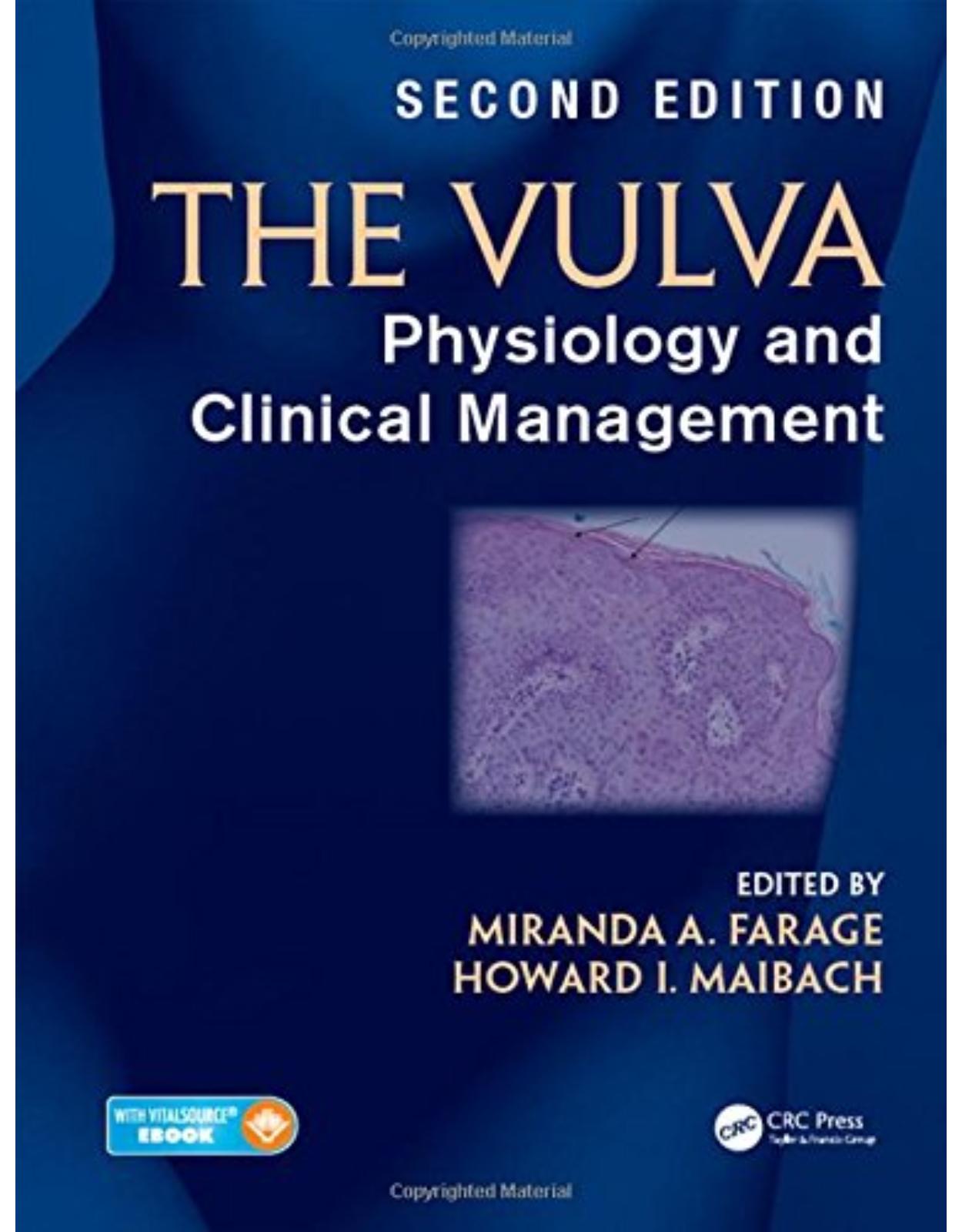
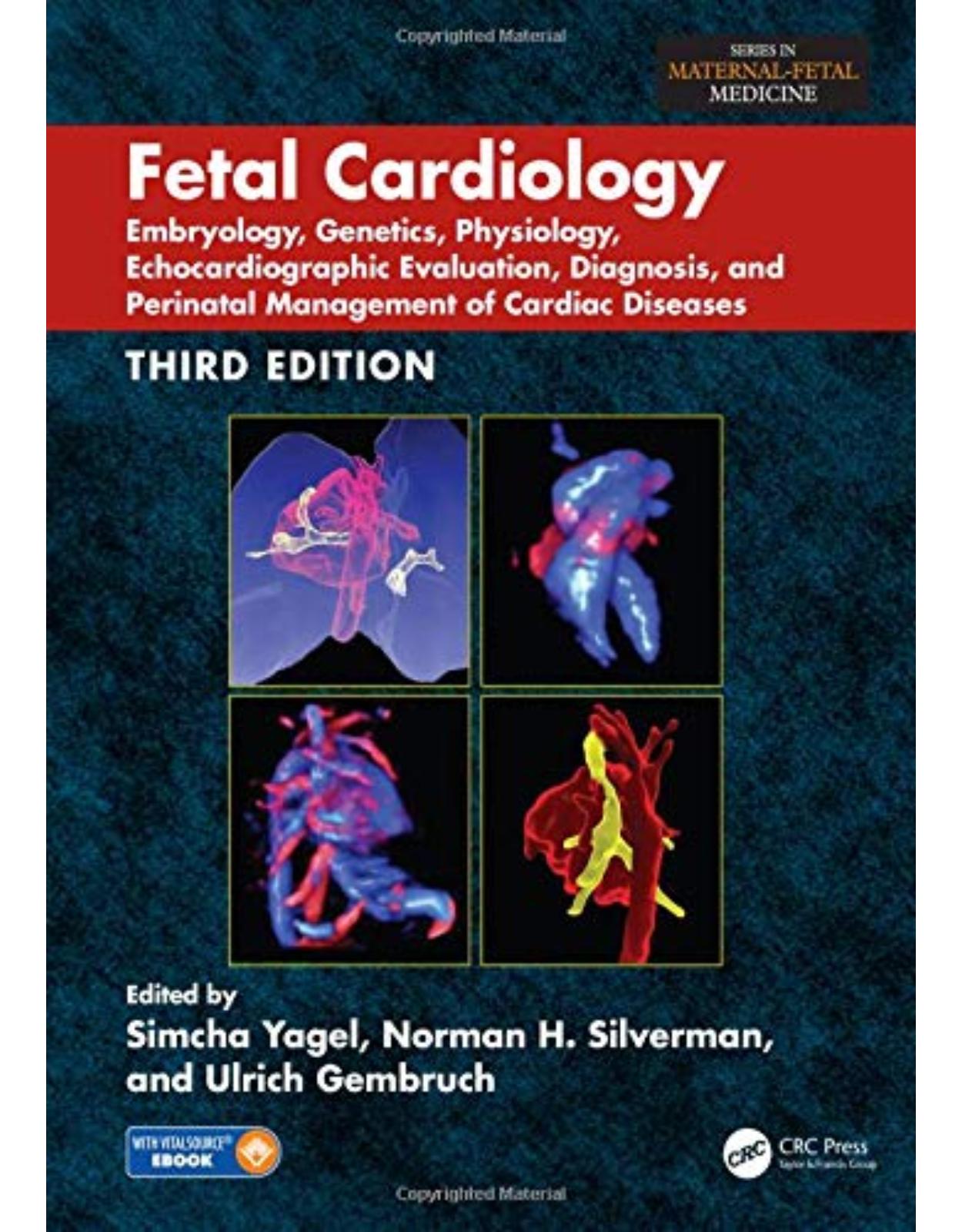
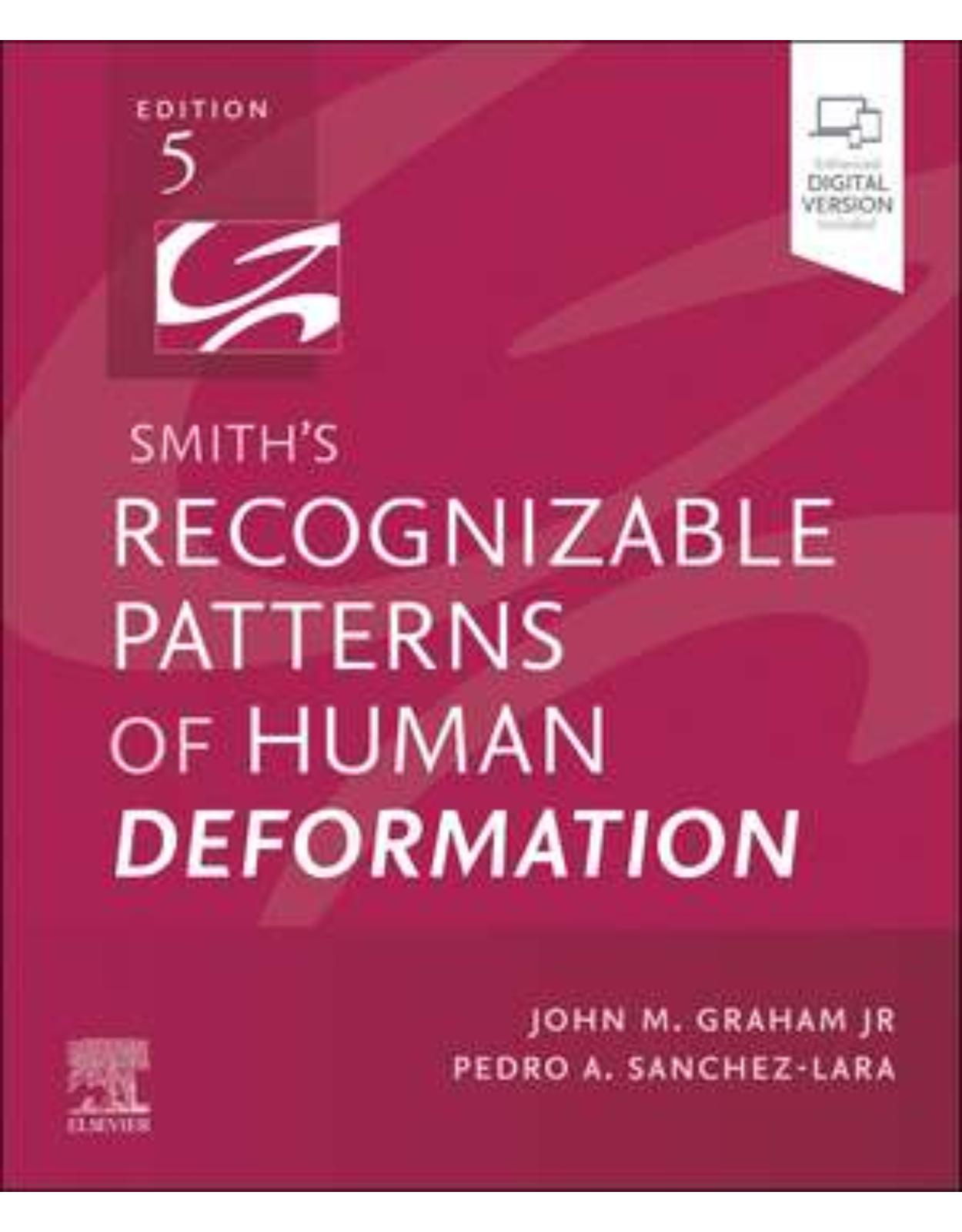
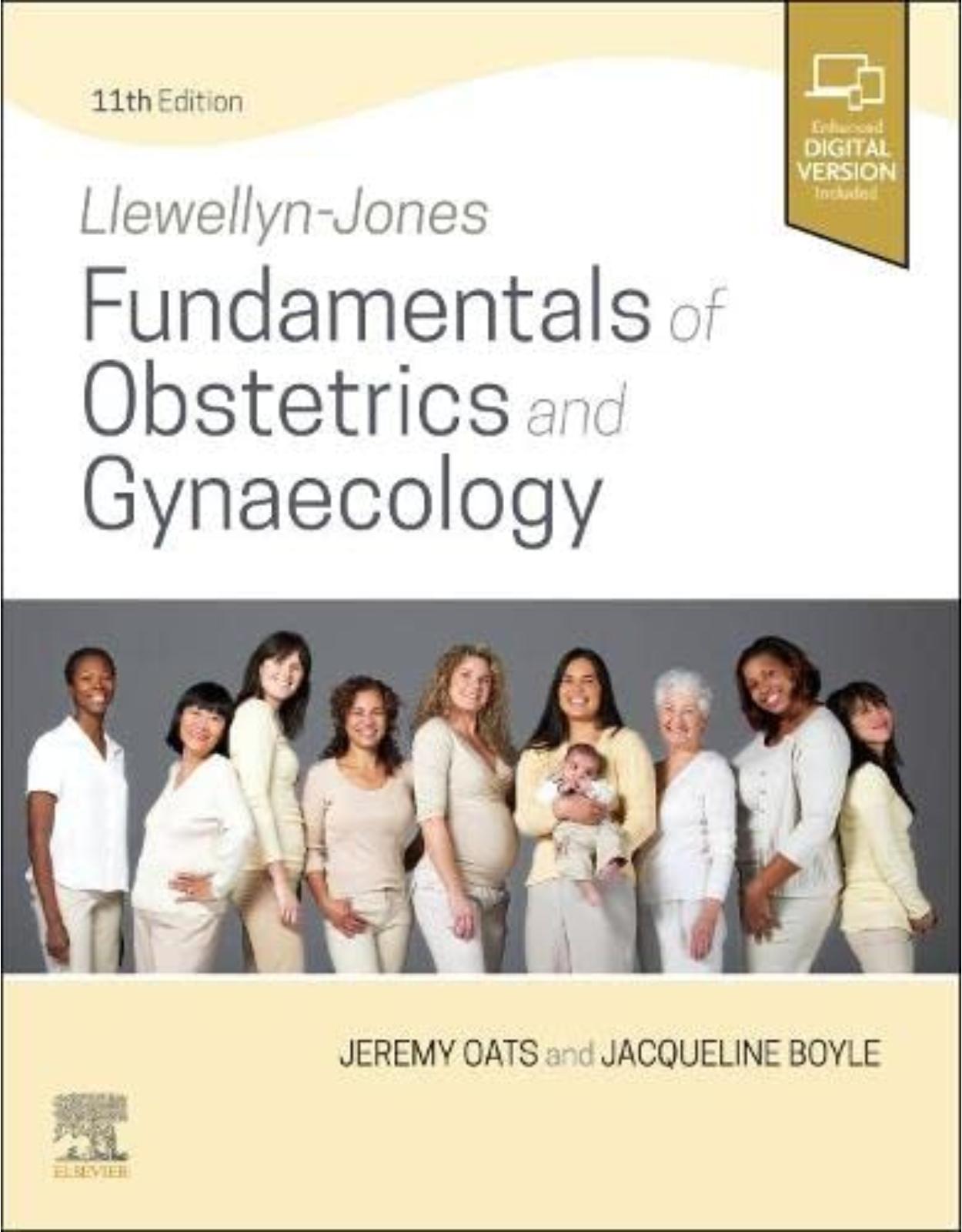
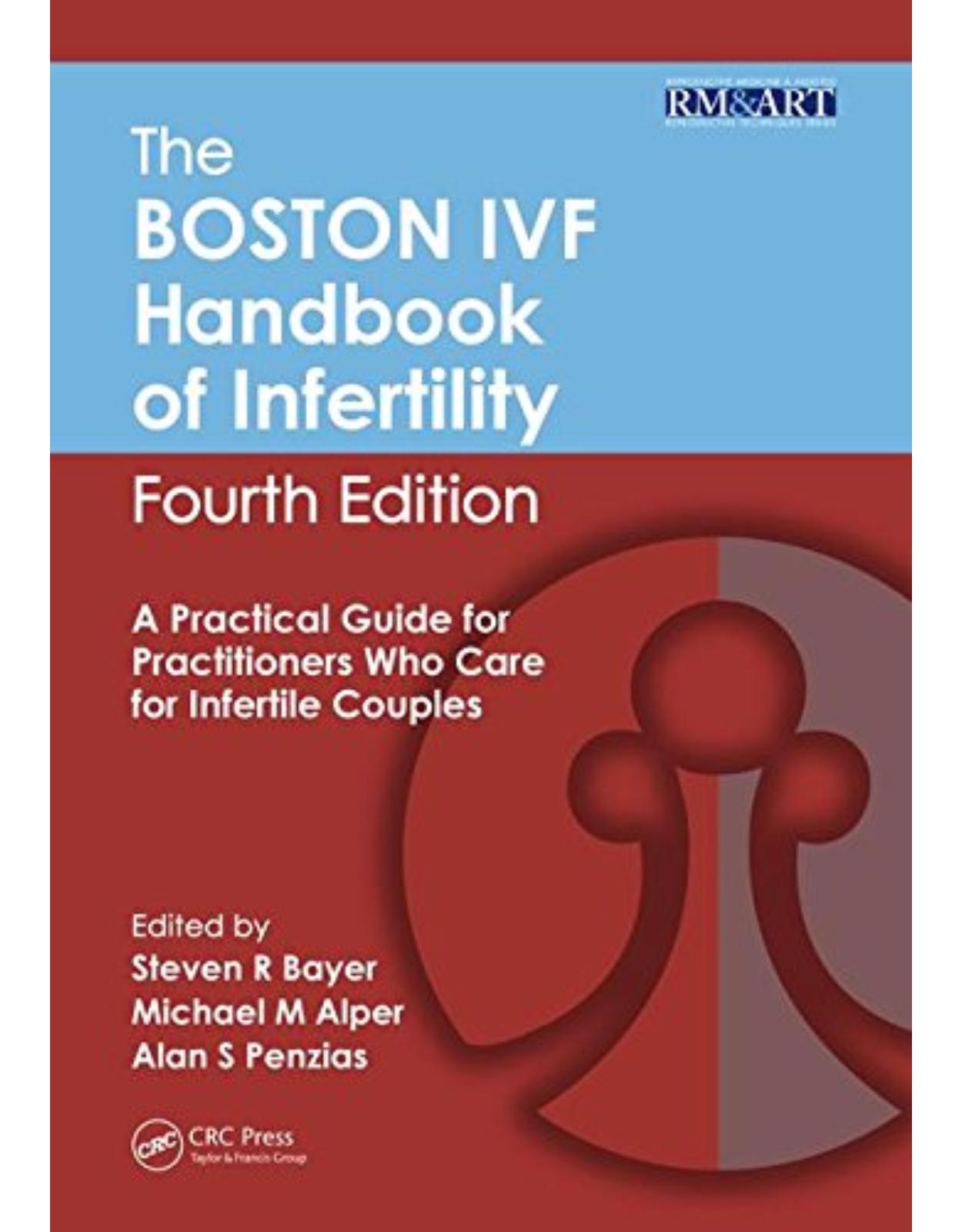
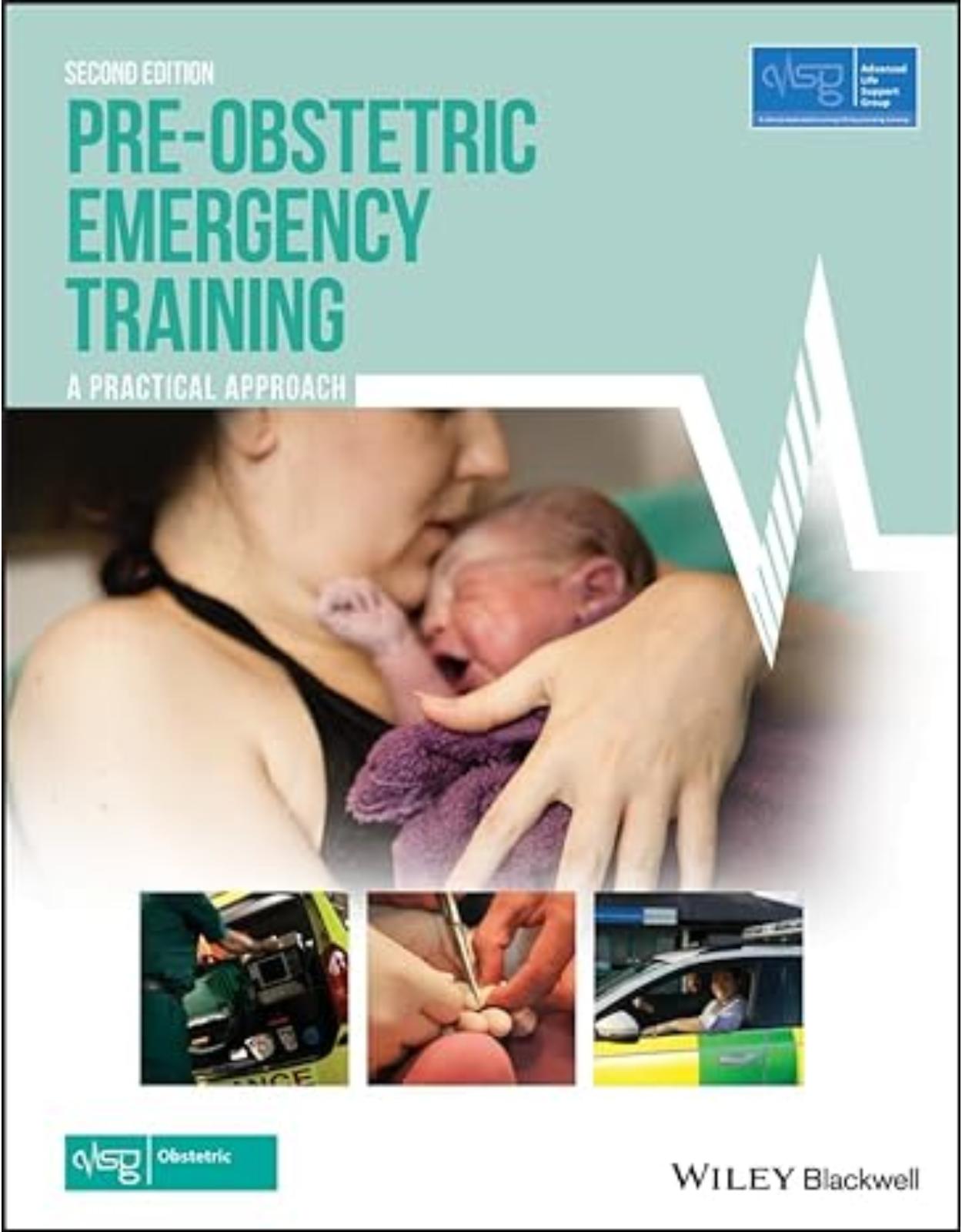
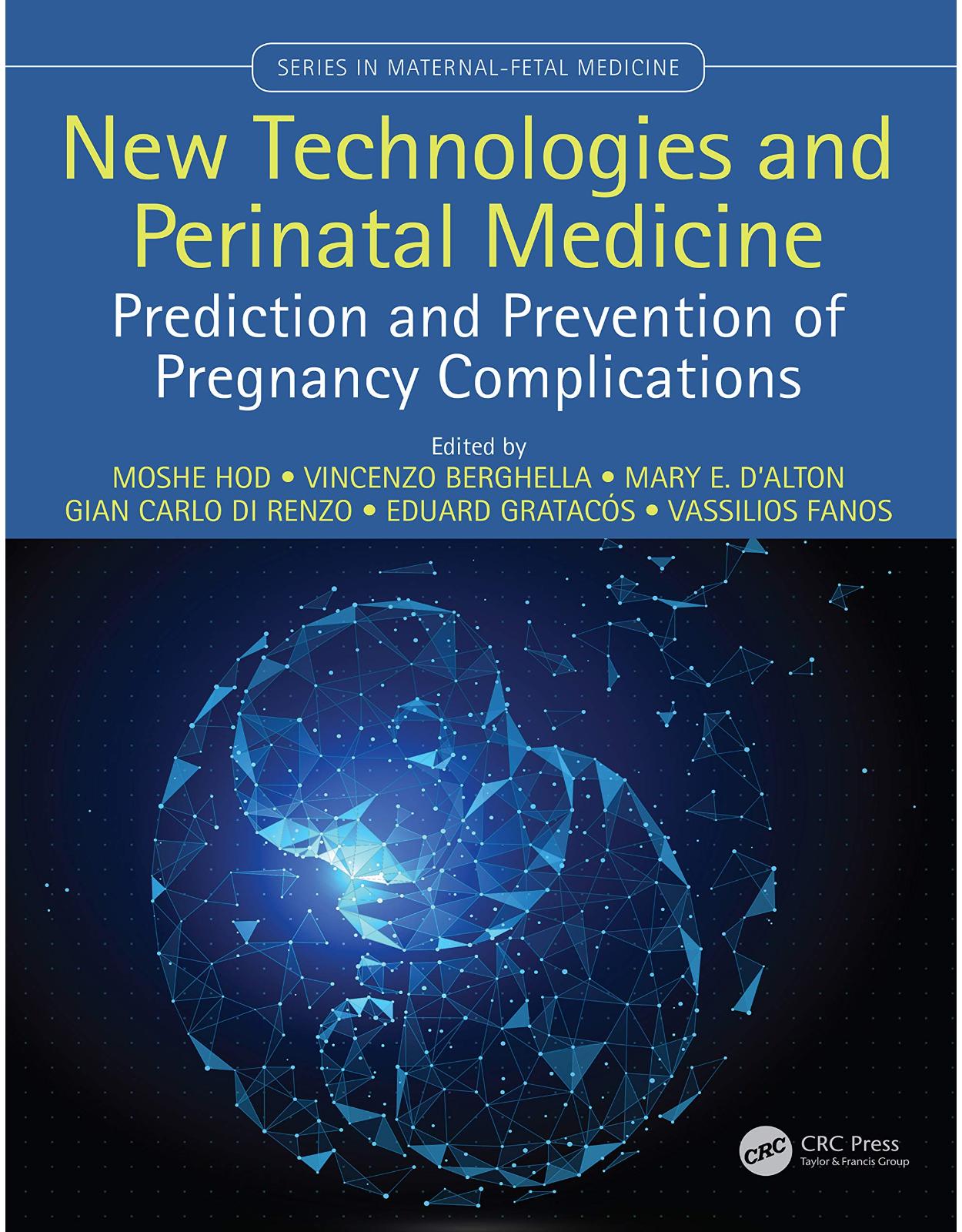
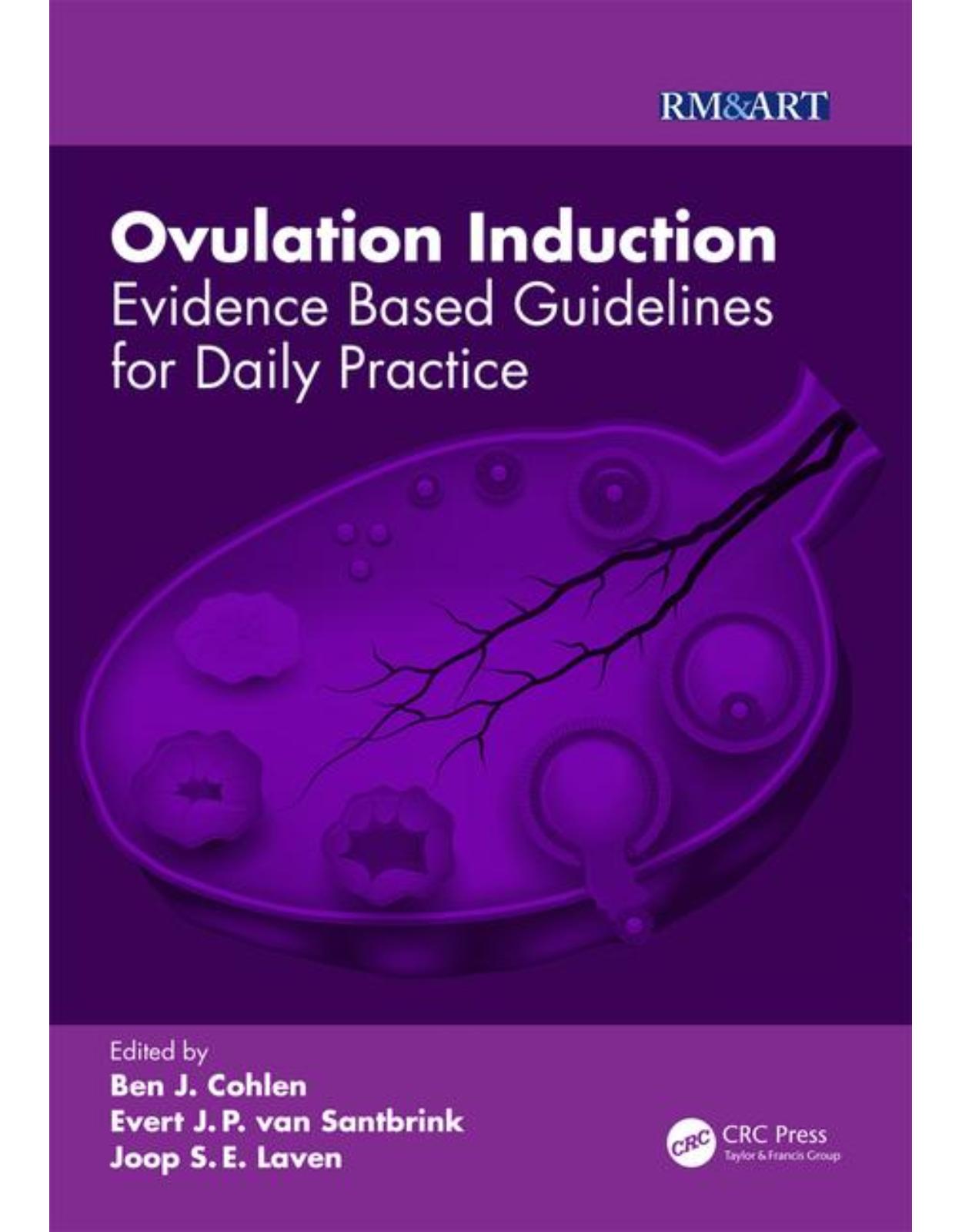
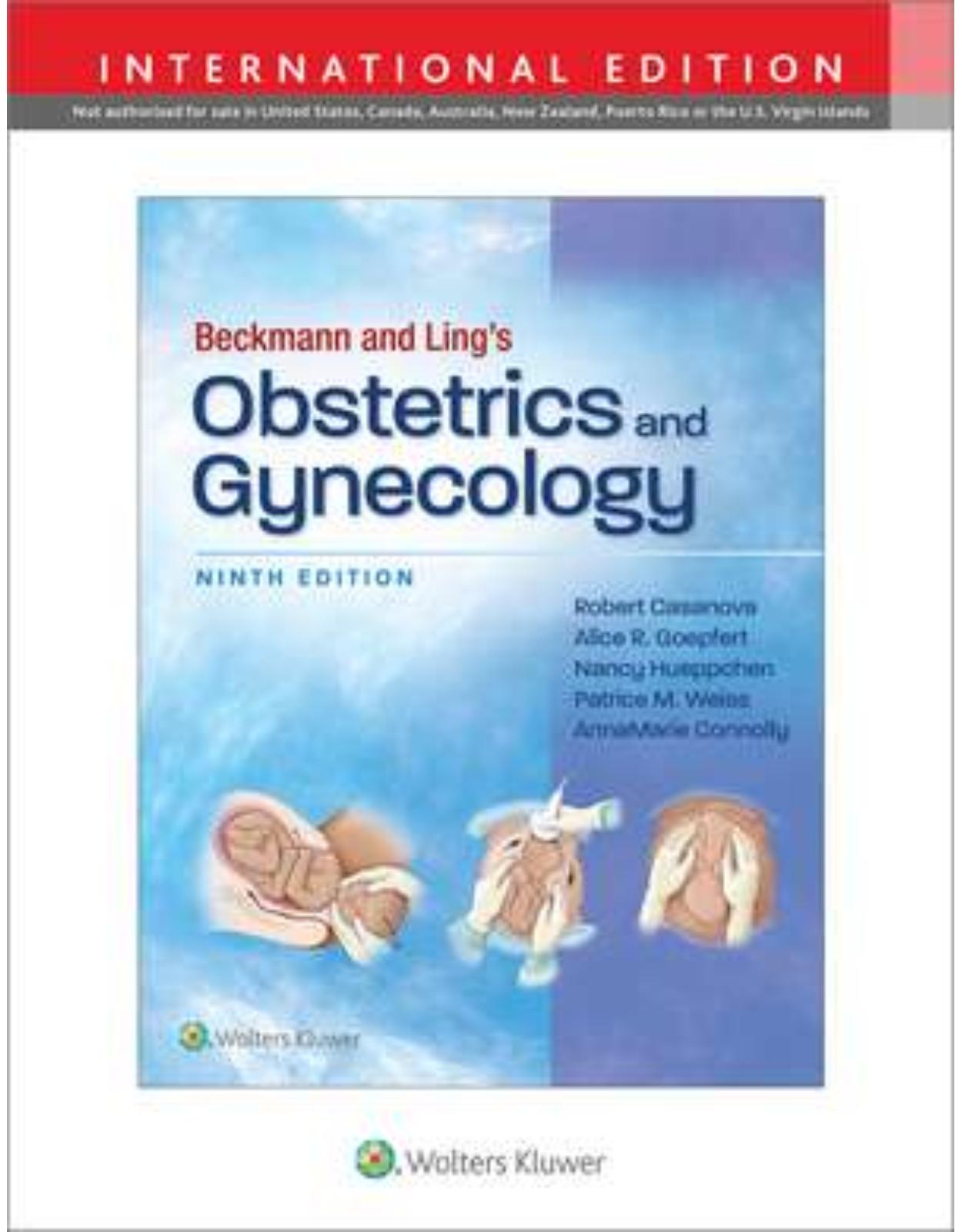
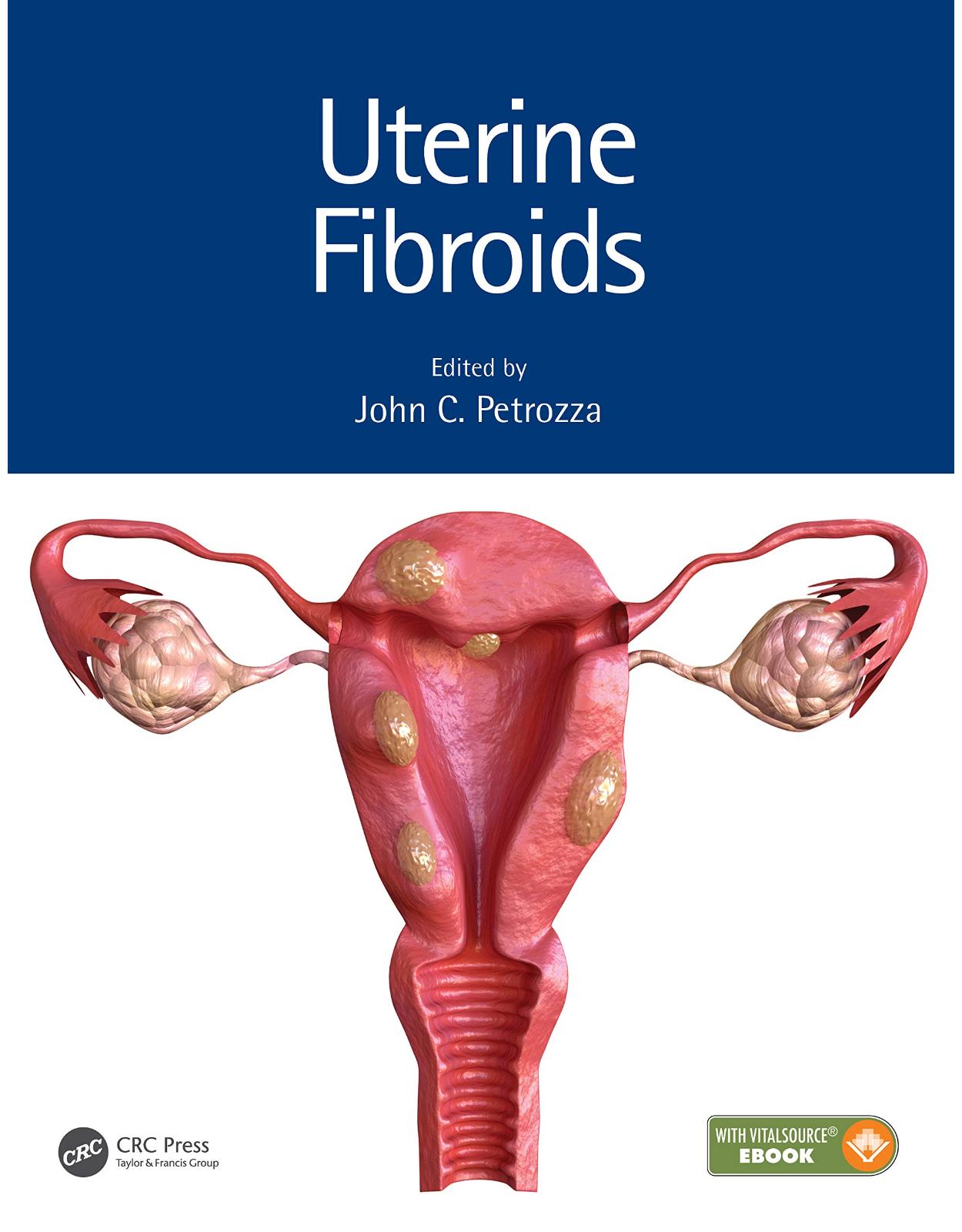
Clientii ebookshop.ro nu au adaugat inca opinii pentru acest produs. Fii primul care adauga o parere, folosind formularul de mai jos.